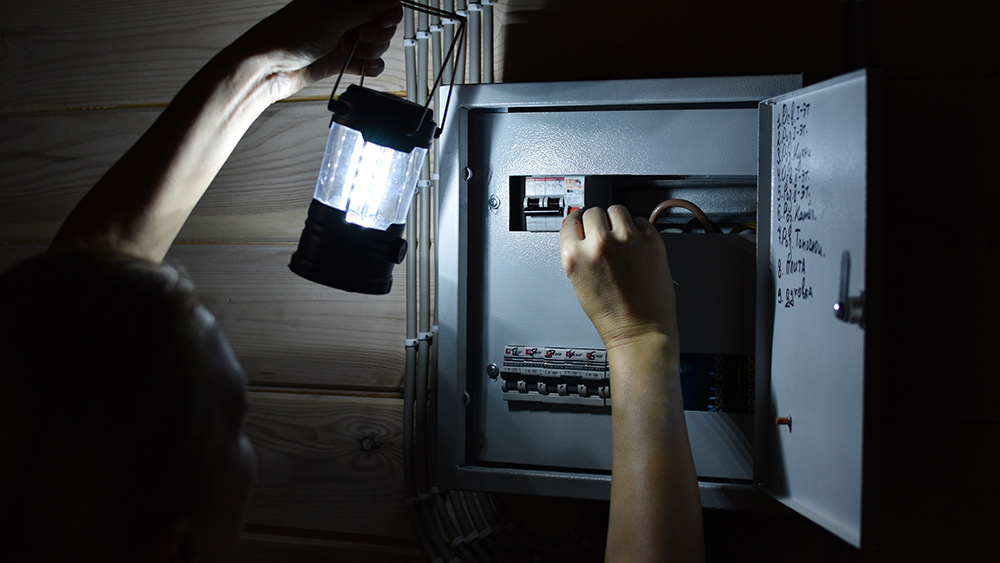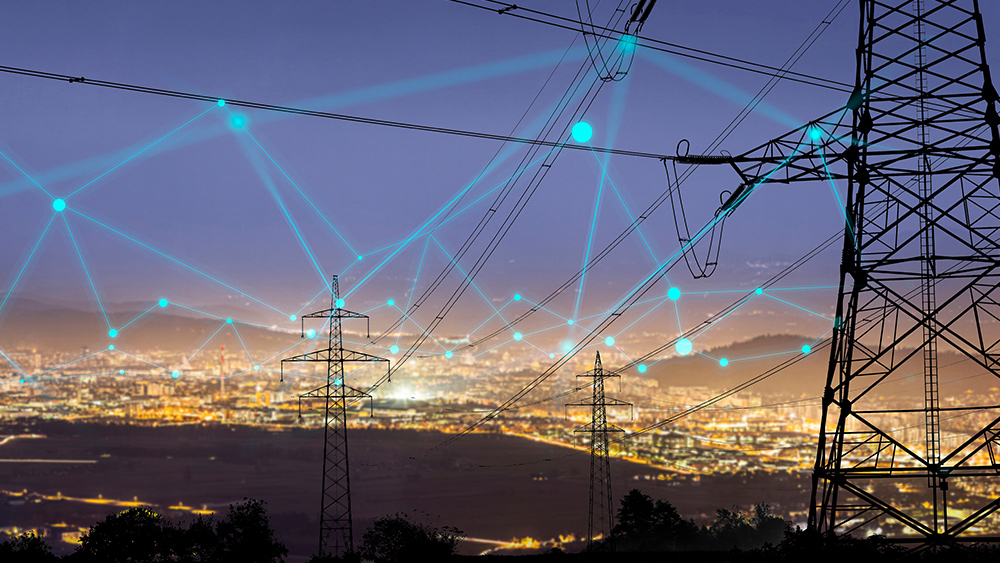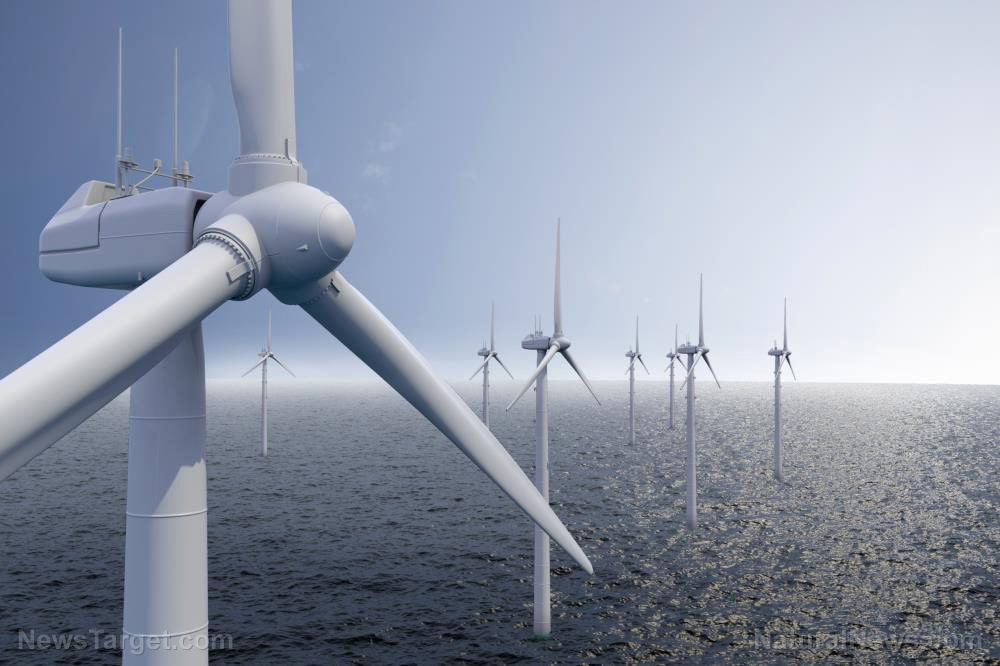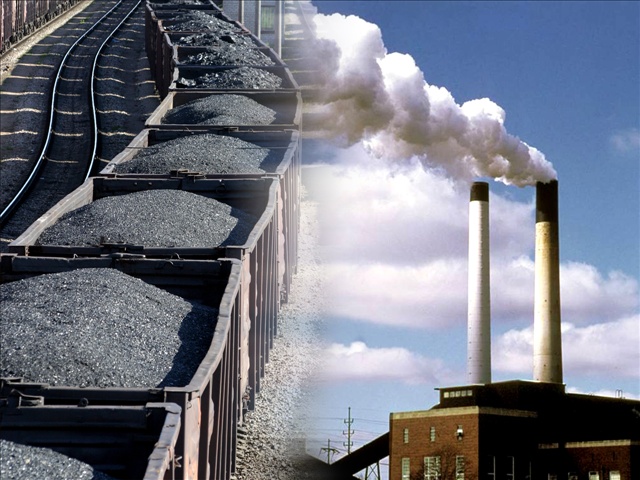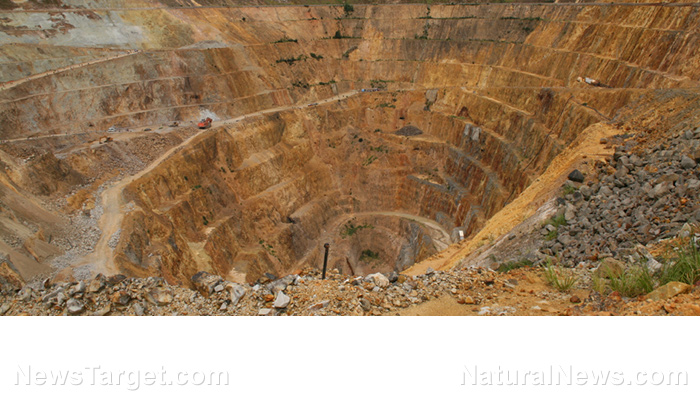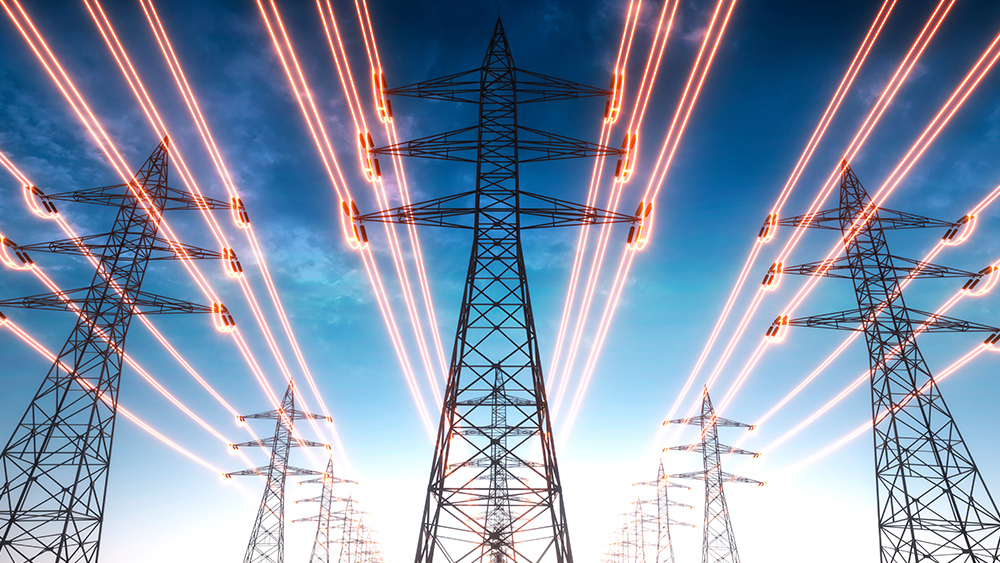Natural gas emerges as energy champion while wind, solar lag on affordability and reliability
04/27/2025 / By Willow Tohi

- Independent studies reveal natural gas is the most affordable and dependable energy source, while wind and solar rank as the least efficient—despite heavy subsidies.
- While advocates claim lower costs, full-system expenses (transmission, backup power, land use) make wind 7x and solar 10x more expensive than natural gas. Their intermittency also strains grids.
- Natural gas, nuclear and hydro provide stable, on-demand power, unlike weather-dependent renewables. Blackouts in California and Europe highlight the risks of over-reliance on intermittent sources.
- Wind and solar harm ecosystems through rare-earth mining, wildlife deaths and vast land use. Natural gas emits half the CO? of coal, making it a pragmatic transitional fuel if methane leaks are managed.
- Subsidies and mandates incentivize costly renewables that maximize utility profits, not consumer benefits. Policymakers should prioritize proven solutions like natural gas, nuclear and hydro.
As the world grapples with the competing demands of affordability, reliability and environmental sustainability in energy policy, two new independent analyses confirm a striking reality: natural gas leads as the most cost-effective and dependable energy source, while wind and solar rank as the least efficient—despite receiving disproportionate subsidies and political favor. Published separately by Northwood University and The Heartland Institute, both studies reveal that natural gas outperforms all alternatives, with nuclear, hydro and coal following closely, while wind and solar lag significantly in economic and operational viability.
This revelation comes at a critical time, as global energy demands surge and policymakers face mounting pressure to balance climate goals with real-world feasibility. With President Trump’s recent executive order revitalizing coal production and natural gas expansion, these findings underscore a fundamental debate: Should nations double down on proven energy solutions or continue pouring taxpayer dollars into unreliable renewables?
The affordability crisis: Wind and solar’s hidden costs
Advocates of wind and solar energy often claim these sources are cheaper than fossil fuels, but both studies expose the math behind the myth. While direct subsidies artificially suppress consumer electricity bills, wind power’s full-system costs are seven times higher than natural gas, and solar is 10 times more expensive when factoring in transmission inefficiencies and backup power requirements.
“Despite some claims that wind and solar are less expensive than conventional power, the opposite is true,” says James Taylor of The Heartland Institute. “Their subsidies merely shift costs to taxpayers while their intermittency forces inefficient grid management.”
Unlike natural gas and coal, which provide consistent on-demand power, wind and solar’s variability necessitates costly infrastructure—such as extensive battery storage and redundant fossil fuel plants—to prevent blackouts. Additionally, they require vast land development, disrupting ecosystems far more than compact natural gas or nuclear facilities.
Reliability matters: The grid can’t run on intermittency
Blackout risks in California and Europe have proven that weather-dependent energy is inherently unstable. Natural gas, by contrast, delivers high-volume, dispatchable power, crucial for industries, hospitals and homes. Nuclear and hydro provide similar stability, making them indispensable for any resilient grid.
The Heartland Institute’s study warns that forcing premature renewable adoption risks destabilizing energy markets, particularly in developing nations that cannot afford unreliable infrastructure. As Taylor notes, “Most of the world—and nearly all the developing world—is building natural gas, coal and nuclear plants rather than wind and solar.”
The overlooked downsides of renewables
Despite being emissions-free at point of use, wind and solar inflict severe ecological damage:
- Rare earth mining for turbine magnets and solar panels contaminates water and soil.
- Turbines kill millions of birds and bats annually, including endangered species.
- Solar farms disrupt habitats, requiring 10x more land than natural gas plants.
Meanwhile, natural gas emits half the CO? of coal while modern extraction reduces methane leaks through strict industry regulations. As climate scientist Ray Pierrehumbert told The Washington Post, “People are placing too much emphasis on methane… What should really matter is whether we can bring down CO? emissions first.”
Mark Radka of the UN Environment Programme acknowledges that “provided methane emissions are well managed, [natural gas] is not as problematic as coal or oil”—making it a pragmatic transitional fuel.
Politics and profit: Why utilities favor expensive renewables
Government policies often distort the energy market by incentivizing costly green projects that maximize utility profits rather than consumer benefits. Under protected monopolies, utilities can pass high renewable expenditures to ratepayers while securing guaranteed returns.
“Don’t expect utilities to support affordable power sources,” warns Taylor. “They lobby for expensive projects because profits are typically guaranteed at a 10% rate for green initiatives.”
Efficiency over ideology
The data is clear: Natural gas, nuclear and hydro offer the best balance of affordability, reliability and reduced emissions. Instead of mandating unproven technologies, policymakers should:
- Expand permitting for natural gas pipelines and nuclear plants.
- Cut red tape restraining domestic energy production.
- Redirect subsidies from intermittent renewables to R&D for next-gen nuclear and carbon capture.
As the energy landscape evolves, pragmatism—not dogma—must guide the transition. The future belongs to solutions that work, not just those that sound virtuous.
Affordable energy wins
For nations seeking realistic decarbonization without sacrificing affordability or grid stability, natural gas remains the gold standard—backed by nuclear, hydro and cleaner coal technologies. While wind and solar may have niche roles, their systemic inefficiencies prove they are not yet ready to power the modern world.
As global energy demand escalates, the choice is simple: Double down on what works or gamble on unreliable alternatives. The verdict from data-driven analysts is unanimous—efficiency, not ideology, must prevail.
Sources for this article include:
Submit a correction >>
Tagged Under:
big government, debt bomb, economy, electricity, energy supply, globalism, government debt, natural gas, new energy report, power, power grid, renewables, solar energy, wind energy
This article may contain statements that reflect the opinion of the author
RECENT NEWS & ARTICLES
NewEnergyReport.com is a fact-based public education website published by New Energy Report Features, LLC.
All content copyright © 2018 by New Energy Report Features, LLC.
Contact Us with Tips or Corrections
All trademarks, registered trademarks and servicemarks mentioned on this site are the property of their respective owners.

